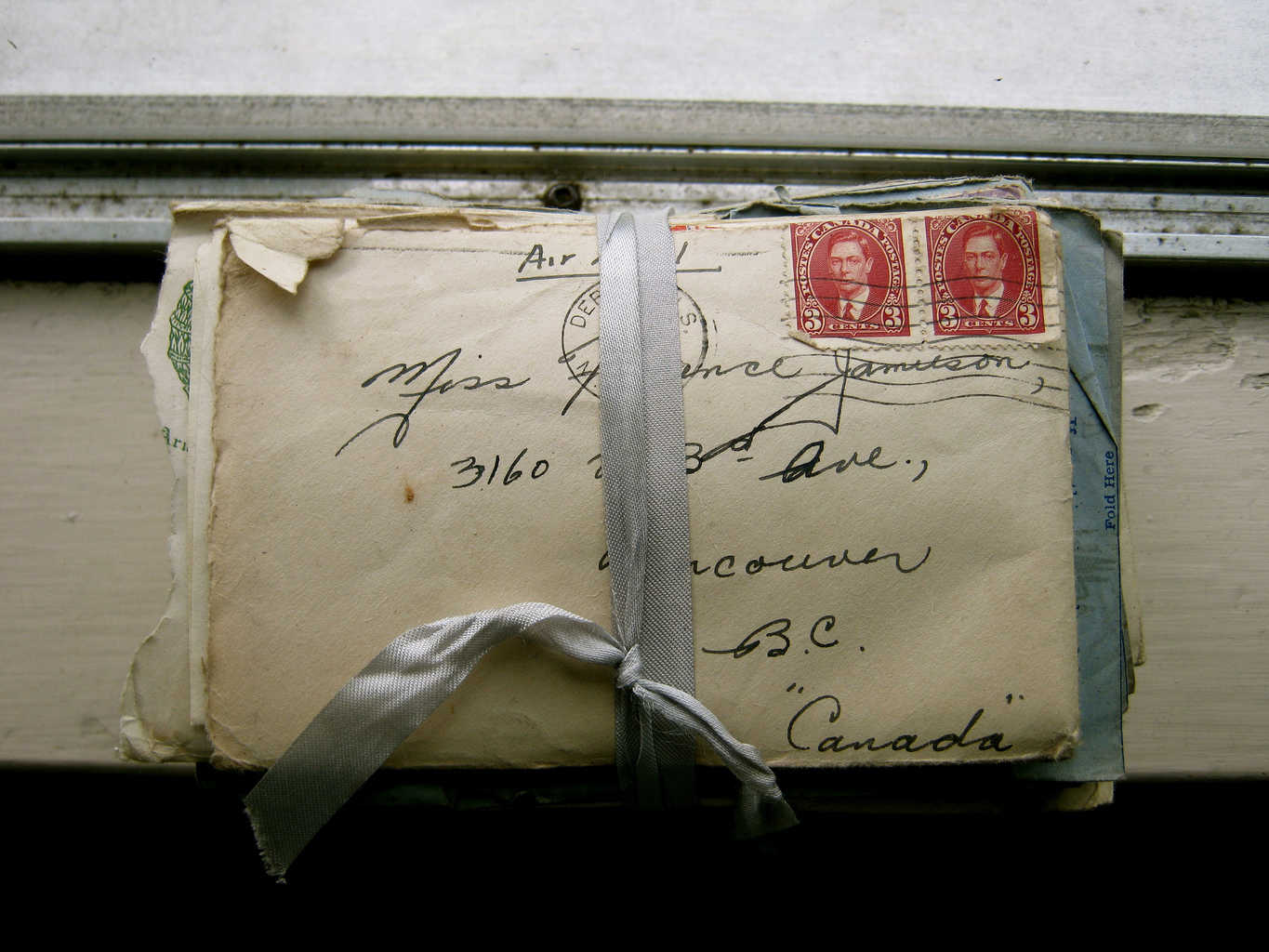
Directions:
The following two letters were written by soldiers deployed to war over twenty years apart. Letter A was composed in Belgium, Letter B in France.
Read the letters and determine which was written first. Then explain your answers using evidence from the text and your own knowledge of history.
Source text
Letter A:
I hardly know how to begin after such a long time and I really have been sweating it out. But speaking of sweating things out, in the past two weeks there was a few mornings that really called for a good deal of sweating out. It used to be fairly peaceful to lay in our foxholes but these particular mornings there was aplenty of big stuff falling nearby. I never was too scared of the stuff until then. We happened to be about eight miles inside of the Reich and the artillery was coming from all directions. Every Time a shell started to whistle in, I was beginning another prayer. As one of the ‘doughfeet’ put it. “I may not get the Purple Heart for being wounded but if they give them out for being scared as hell I certainly rate one.” and that’s no kidding’…
Respectfully,
Carl Schluter
Source text
Letter B:
My Dear Mother,
Yrs. of Dec 27th & several enclosures to hand 3 days ago. I am glad you sent me poor Mowbrays card, I always think his death particularly sad, as he was on a pleasure round of the trenches & need never have gone at all. I suppose you will not go to Foxcote.
Here mild for time of year & cloudy, some rain & everlasting wind. I sincerely hope it will not freeze, so hard on the poor men in trenches standing in mud & water up to their waists, it would mean so many frozen feet; there was a lot of it first winter we were out.
I was moved again new years… We have little cubicles in a hut, made by hanging blankets on wires & at least we are on the surface tho’ in a sea of mud! This place is only 4 kil. from where I was. Cellar before used to get damp & water leaked through & down steps after heavy rain. We are all off again very soon I hear, expected to be here 6 weeks. Shan’t regret it, but very glad to have seen it & the utter desolation of everything about the front.
all off again very soon I hear, expected to be here 6 weeks. Shan’t regret it, but very glad to have seen it & the utter desolation of everything about the front.
My new years eve night & new years morning I spent in a dugout lying on a stretcher on floor with a wounded man on one over me, rats playing about all over, shells bursting all round & shaking the place, so it was not much to boast of; sort of shelling out the old year & in the new. Next morning 2 burst close to entrance & threw mud & stuff into the dugout just where we were sitting round the fire or stove rather. Following morning at about same hour one burst & knocked in all the entrance & one of our fellows was hit on head by debris, but none the worse much! It only left a little hole for them to get out through. Another morning a shell burst just across the road, hit car in several places & blew Dr., volunteer & 2 or 3 others standing at entrance right into the dugout down the steps. No harm beyond a shock….
Best love
Yr affect son
Arthur
Questions to answer:
Letter ____ was likely written first because
Letter ____ was likely written later because
Questions for further discussion:
Were there similar elements or details shared in each letter that made deciphering which came first particularly difficult?
What details would you have expected to find in a letter sent from the front lines of WWI vs. the front lines of WWII? Did you find any of these details in either letter?
Did the author’s use of language help you come to any conclusions about the time period or circumstance the letters were written in?
Letter B is addressed to presumably the author’s mother, but Letter A is not addressed to anyone. How might the authors intended recipient of the correspondence affect the details found within?
Reflection: Primary sources, what a treasure trove of possibility for the social studies classroom. Creating this lesson has further ignited my own desire to purposefully and prominentely utilize primary sources in my classroom in order to link students to the past in a very tangible way. Our exploration into the wonderful resource of Beyond the Bubble has help re-illustrate for me that primary source work does not have to be dry or arduous for students, it can be exciting and meaningful with a little purpose behind itl. This mini-lesson was my entry into the shallow end of the process of shaping lessons around primary source documents. I hope it is my first such lesson of many.
Sources:
Letter A
PBS Letters from the Front
11/19/44
Letter B
Battles of WWI & Arthur’s Letters
1/5/17
Photo Credits:
Image 1 – Arthur’s Letters
Image 2- Flickr Commons
Type of Assessment: Contextualization
Lesson Audience: 9th grade 20th Century Social Studies Class
